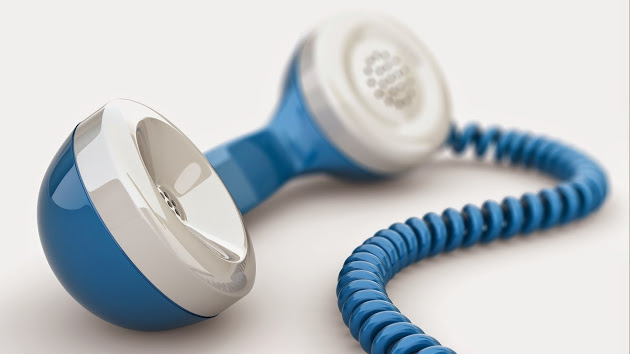AARP Hearing Center
Test Your Hearing at Home: Free, Easy and Reliable
By Katherine Bouton, October 21, 2015 02:50 PM

What if you could accurately test your hearing at home at no cost and in complete confidentiality? All it takes is a telephone.
Beginning this month, AARP is offering its members free access to the National Hearing Test, a telephone test developed by researchers at Communications Disorders Technology and Indiana University, based on a Dutch model.
The research for the nonprofit test was funded by the National Institutes of Health. Since 2014, when it was introduced, about 40,000 Americans have taken the test, which normally costs $5.
Read the latest discoveries, exercise and memory-sharpening tips, health care reform and more! — AARP Health Newsletter »
AARP is offering more than 16,000 free tests to members. The screening can help people determine if they need a complete hearing evaluation. It has no financial connection with any hearing products or services.
The test takes five minutes per ear, and the results are given at the end. There are three categories of result: “within normal limits,” “slightly below normal limits” and “substantially below normal limits.” If the results are outside the normal limits in either ear, the caller is advised to see a hearing professional.
During a one-month promotional period last year, nearly 31,000 people took the test at no charge. Most apparently already suspected that they had hearing loss because the results showed that 81 percent had some hearing loss.
“So why take the test if most callers were aware that they had a hearing problem?” asked Charles Watson, professor of speech and hearing sciences at Indiana University and coauthor of an article on the test to be published in Audiology Today, the journal of the American Academy of Audiology. For two reasons: It confirmed to test-takers that their hearing loss was real. And it encouraged more people to improve their hearing by purchasing hearing aids, he said.
While follow-up studies found that only 5 to 10 percent of those with below-normal results purchased hearing aids in the following year, that is still about double the number expected to have gotten hearing aids without the test.
Many studies also have shown that taking a hearing test and failing it is the first step toward eventually getting treatment and using hearing aids, Watson said. By offering a free, convenient test, AARP and hearing experts hope it will help people take that initial step.
If your test results are below normal, there are two good reasons to follow the test’s suggestion that you see a hearing professional. The first is that the problem may be something simple like excess or impacted earwax, which a doctor can quickly resolve. No need for hearing aids. The second is that an audiologist may see danger signs of an underlying medical condition, which hearing aids will do nothing to correct.
These danger signs, as I wrote last week, include hearing loss that is more severe in one ear than the other; sudden hearing loss in one or both ears; and hearing loss accompanied by other symptoms, such as vision problems, headache, dizziness and tinnitus.
Get discounts on hearing aids and more with your AARP Member Advantage »
All of these are indications that you are not suffering from simple noise- or age-related hearing loss. They may indicate any number of underlying conditions, from cardiovascular disease to an auto-immune disorder to a tumor on the auditory nerve or in the brain. You don’t want to ignore these. See an ear, nose and throat specialist immediately. Delaying treatment could reduce the doctor’s ability to restore your hearing.
Photo: Courtesy National Hearing Test
Also of Interest
- Do You Know How to Find an Audiologist?
- Great Jobs for Workers Over 50
- Quiz: Do you know how to prepare for a disaster?
- Join AARP: Savings, resources and news for your well-being
See the AARP home page for deals, savings tips, trivia and more.































































